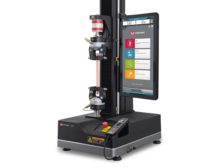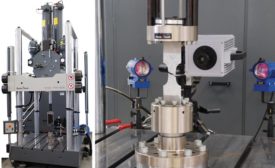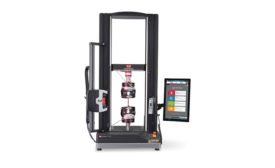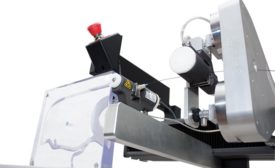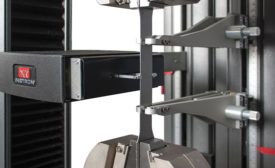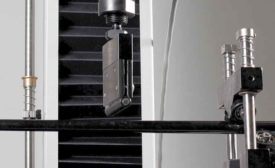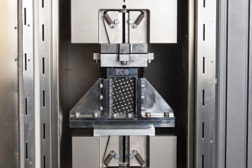Home » Keywords: » mechanical testing
Items Tagged with 'mechanical testing'
ARTICLES
Test & Inspection
A simple tensile test can be used as a quality control measure to ensure the materials meet internal criteria, or for comparison purposes.
Read More
Destroying Materials is Critical to Saving Lives
Recent developments and improvements in testing equipment, sensors, and knowledge have led to a significant increase in high speed and high rate material testing efforts.
August 3, 2020
The Role of Mechanical Testing in Additive Manufacturing Quality Assurance
Get answers to some of the most commonly asked questions about testing additive products.
June 27, 2020
Mechanical Testing of a Stent: From Component Selection to Deployment Techniques
With stents and other implantable medical devices, the cost of failure can be extremely high.
June 8, 2018
Mechanical Testing of Automotive Materials and Components
Testing the performance of components is critical to many automotive suppliers in a quality control aspect—and hugely important for research and development of new products.
October 10, 2017
Tensile Testing Machine Basics
Learn more about testing solutions available today.
October 1, 2015
Quality 101
Mechanical Testing of Composites
The mechanical testing of composite materials involves a range of test types, a plethora of standards, and the need to condition and test in a variety of different environments.
July 1, 2014
Stay in the know with Quality’s comprehensive coverage of
the manufacturing and metrology industries.
eNewsletter | Website | eMagazine
JOIN TODAY!Copyright ©2025. All Rights Reserved BNP Media.
Design, CMS, Hosting & Web Development :: ePublishing
